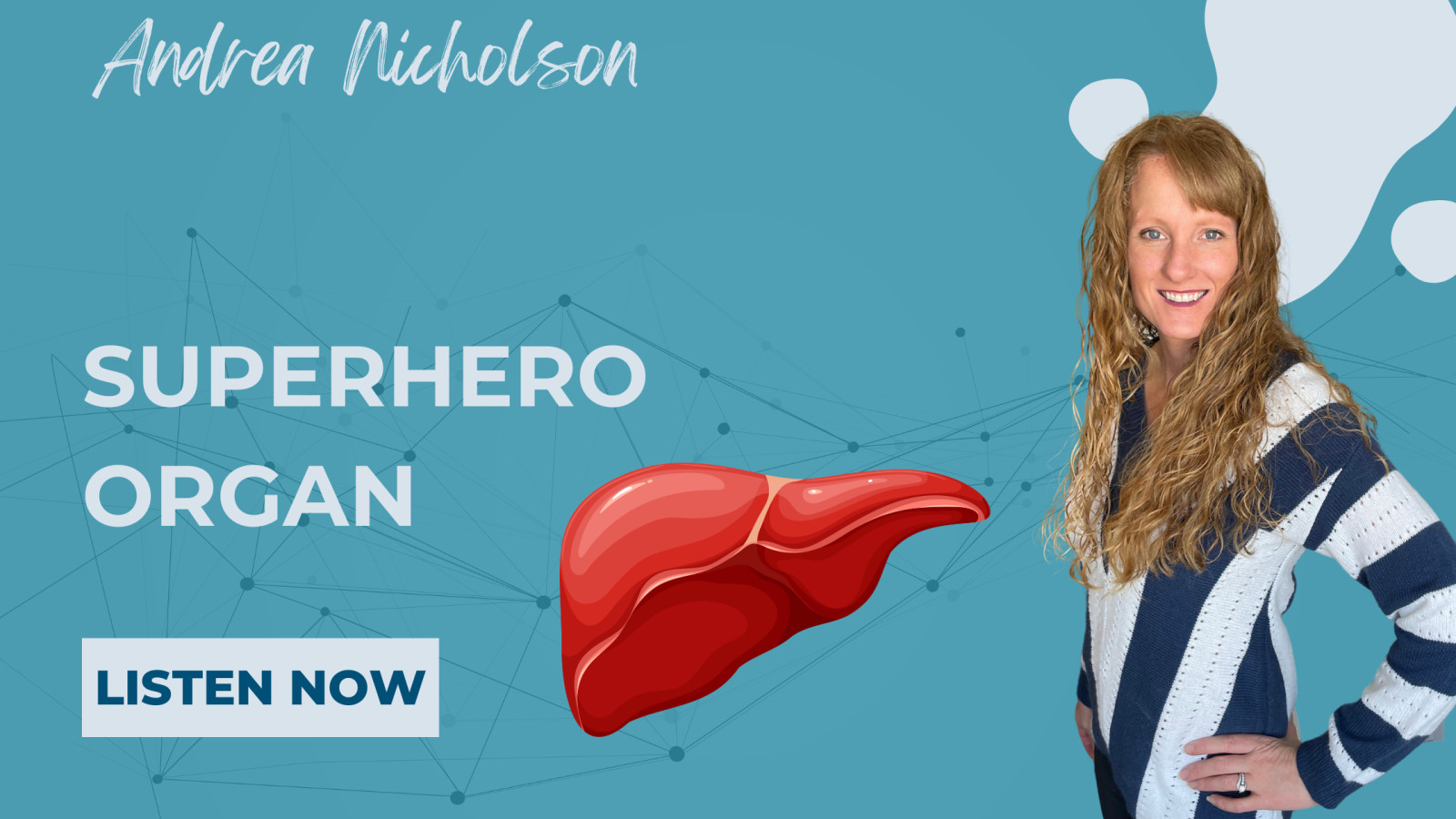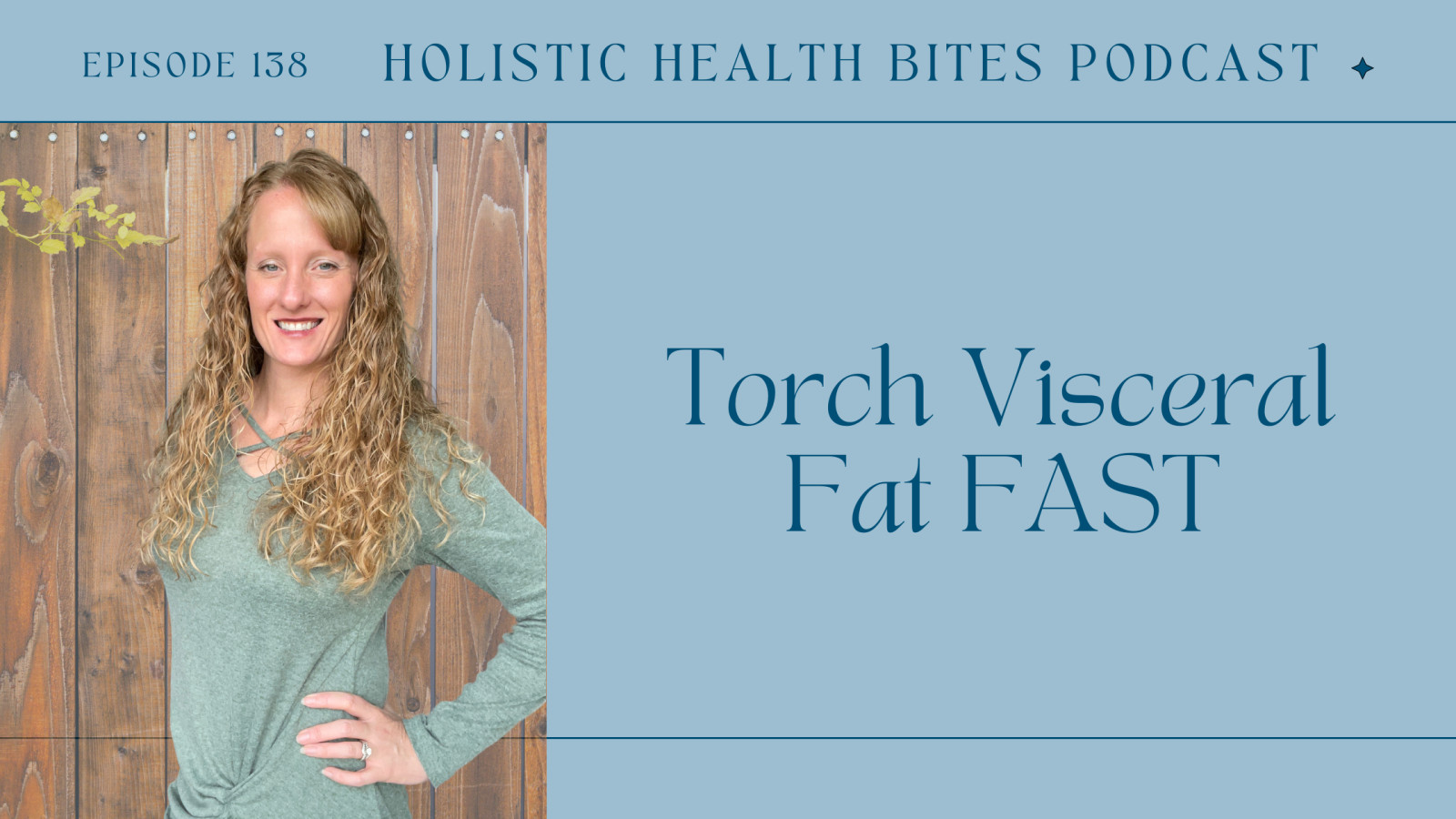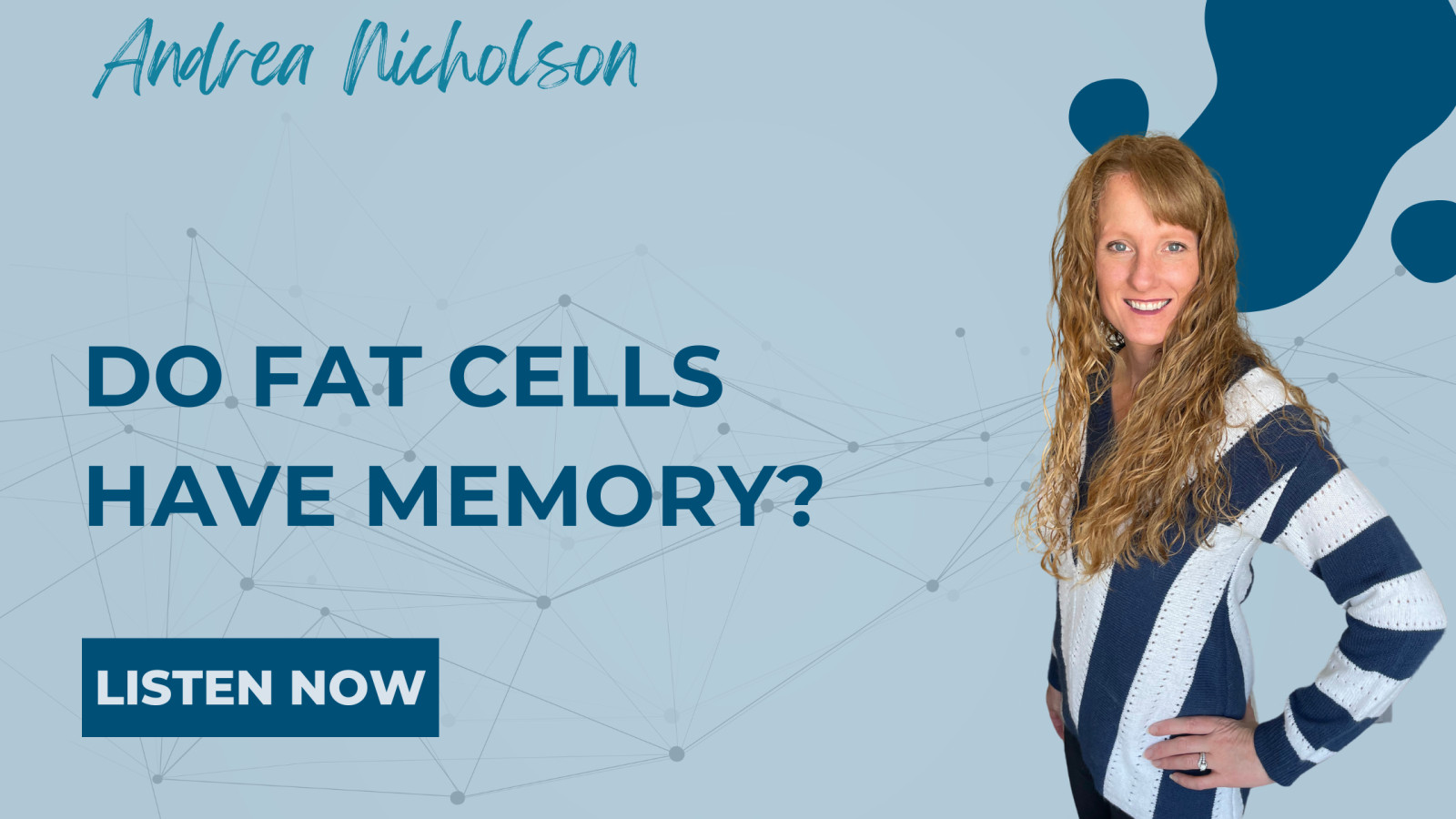
Steps to Achieving Ideal Metabolic Health
There is a step-wise process that needs to be followed to achieve ideal metabolic health. In this episode, I'm discussing the order of operations to address your health challenges.
Episode Details:
We’ve all heard that there are no quick fixes when it comes to achieving ideal health…and while it isn’t always fun or easy, it is important to follow proven process. Doing things in the wrong order or skipping steps can not only lead to frustration when it doesn’t work, but it can actually make things worse.
So, what is the process? These are the systems in the body that need to be addressed and in this order:
- Liver, Detoxification, and Gut Health: the digestive tract is vital for optimal health. This is where you take in energy, nutrients and all of the building blocks needed for hormones, tissues, cells, enzymes, and every system in your body. This is also where you filter and eliminate toxins, waste products, excess hormones, and bad microbes. And lastly, this is a huge part of your immune system - both in the most common exposures you need to fight, but also in stimulating your body’s responses to infection and invaders. If your detoxification pathways aren’t open, toxins, microbes and other harmful substances can accumulate - causing inflammation, food sensitivities, and just about any symptom throughout the body. How might you know if your detox pathways are closed? Constipation, lack of sweating, skin issues, breathing problems, swelling ankles or wrists, or any unwanted symptoms. In order to take care of these systems, we need to flush out the digestive tract. This isn’t done through a juice cleanse, but rather by loading up on quality nutrients these systems need to fully utilize needed enzymes, cofactors, nutrients, vitamins, and hormones. We don’t want to be restricting calories or macronutrients when flushing these systems. We DO want to be taking in quality nutrients while avoiding substances that make these systems work harder: like alcohol, refined sugars, dairy, gluten, soy, and added chemicals. This process usually takes at least 2 weeks, but can take longer depending on the state of the individual’s health. In my program, I recommend some temporary added supports to help feed these systems and eliminate toxins. This may also include antimicrobial products to eliminate unwanted microbes, gut supports to nourish the intestines, and liver support to ensure proper bile flow and clearance. Weight loss is not the goal of this phase, but rather stoking the fire of metabolism and reducing inflammation. Stress is a major factor in wearing down the system, so we will also keep exercise to a minimum in this phase. Walking and low impact activities are great here.
- Feed the metabolic fire. In this phase, we change up the food combinations a bit while still focusing on feeding the body and increasing the metabolic rate. This is especially vital for anyone who has chronically dieted, yo-yo dieted, or done any calorie restriction for an extended period of time. We need to nourish the metabolic systems, and stimulate a process called mTOR for a bit. mTOR is a building phase. This is where you can build up more muscle, rebuild hormones and enzymes, and regenerate tissues. We need more protein and more total food to do this. We’ll include a lot of dietary diversity for optimal nutrient status and gut health. Depending on the individual, we may add different supports based on remaining bodily symptoms or health issues. This may involve continued gut support, and may also require thyroid, adrenal, blood sugar, and/or nutrient support. This phase is still not focused on weight loss, but rather building up the metabolic engine. In this phase, we are still focused on keeping inflammation and stress down, so we can dial up exercise a bit, but not to full capacity yet. We don’t want to distract the body from healing. This phase can take a couple of weeks to a couple of months, depending on the body and goals.
- Once the body systems have been fully replenished and nourished, we can move into achieving optimal function of the body and composition. This is where we dial in fat loss, muscle gain, balance blood sugars, create insulin sensitivity, balance sex hormones, continue to reduce inflammation, or focus on training goals. I recommend starting with balancing insulin, sex hormones, and reduced inflammation before diving into the deep end of body composition goals. These often will come simultaneously, but when all of the focus is put on body composition, sometimes poor choices creep in which will cause a backslide in metabolic health. This is the phase where we can start changing up the macros, leaning into specific nutrition plans based on goals, and where we’ll support overall endocrine health. Blood sugar and insulin play direct roles in sex hormone balancing, brain health, inflammation, body composition, fuel usage in the body, and even in training capacity. With a properly formulated plan, this is where we can reduce calories or specific food groups to achieve ideal function and body composition goals. This phase can last for a few weeks to months, depending on body and goals.
- And the final phase is fasting. This includes a wide variety of fasting types: dietary fasting for a specified period of time, intermittent fasting, elimination of a particular macronutrient or food, or even the elimination of a lifestyle factor (like social media, news media, or chronic cardio). This is a temporary fast to break addictions, allow the body to repair and regenerate, to remove old senescent cells, and to boost the immune system. Fasting can be done in a periodic fashion long term (depending on the type of fast, health goals, and overall status). This is my favorite way to calm the food noise and find entertainment and comfort outside of food.
Approaching health in this way ensures that your brain can speak to your organs and glands appropriately, without distraction; your organs and tissues have all of the nutrients they need, and your metabolic engines can operate on both glucose and fat efficiently. This can break the cycle of addictions, eliminate stuck points, and get you off of the dieting and food-focused rollercoaster.





















0 Comments